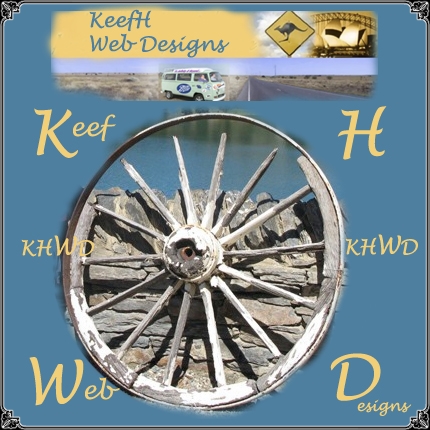The Role of Web Design in Branding and Marketing A great way to achieve that is using a You Tube Channel, a great example is @KeefHWebDesigns
In today’s digital era, having a strong online presence has become essential for businesses to reach their target audience effectively. One of the key elements that contribute significantly to this online presence is web design. A well-designed website can not only make a lasting impression on users but also play a crucial role in branding and marketing efforts. In this article, we will delve into the importance of web design and how it can help businesses establish a strong presence and promote their brand online.
First and foremost, web design has a direct influence on user experience. When users land on a website, they form an opinion within seconds. If the website is visually appealing, easy to navigate, and responsive, it creates a positive experience, making users more likely to stay and explore further. However, if the website is poorly designed, cluttered, or difficult to navigate, users are likely to abandon it and move on to a competitor’s site. Therefore, a well-designed website can significantly impact how users perceive a brand and its offerings.
Another crucial aspect of web design in branding and marketing is consistency. Consistency in design elements, such as color scheme, typography, and overall aesthetics, helps reinforce brand identity. By incorporating brand elements consistently throughout the website, businesses can create a visual connection that resonates with users and helps them remember the brand. Additionally, a cohesive design across various online platforms, such as social media profiles and email newsletters, strengthens brand recognition and establishes a unified image.
Furthermore, web design plays a vital role in search engine optimization (SEO). Search engines prefer websites that offer an excellent user experience and are optimized for mobile devices. By focusing on responsive design techniques, businesses can ensure their website is easily accessible and user-friendly across various devices. This, in turn, improves their search engine rankings, increasing visibility and drawing more organic traffic to the website.
In today’s digital age, video marketing has gained immense popularity. Including videos on websites can provide an engaging and interactive experience, capturing users’ attention and driving them to spend more time on the site. By incorporating relevant videos onto youtube and embedding them on the website, businesses can effectively communicate their brand message and create a visual impact that leaves a lasting impression on users, enhancing brand recognition.
In conclusion, web design plays a critical role in branding and marketing efforts. A well-designed website can provide an excellent user experience, reinforce brand identity through consistency, improve search engine rankings, and incorporate engaging videos onto YouTube. By investing in professional web design services, businesses can create a strong online presence, attract more users, and successfully promote their brand in the digital landscape.
Publisher Details:
KeefH Web Designs
https://www.keefh-web-designs.org.uk/
+447843962729
143 Longmoor Lane Sandiacre
The home of great website design, Derbyshire, East Midlands, UK, 40+ years IT experience, working to give something back to small local businesses BUT as its the World Wide Web (www) I am open to commissions from anywhere, thanks for looking, hope to speak soon KHWD, many IT services available in our KHWD shop









